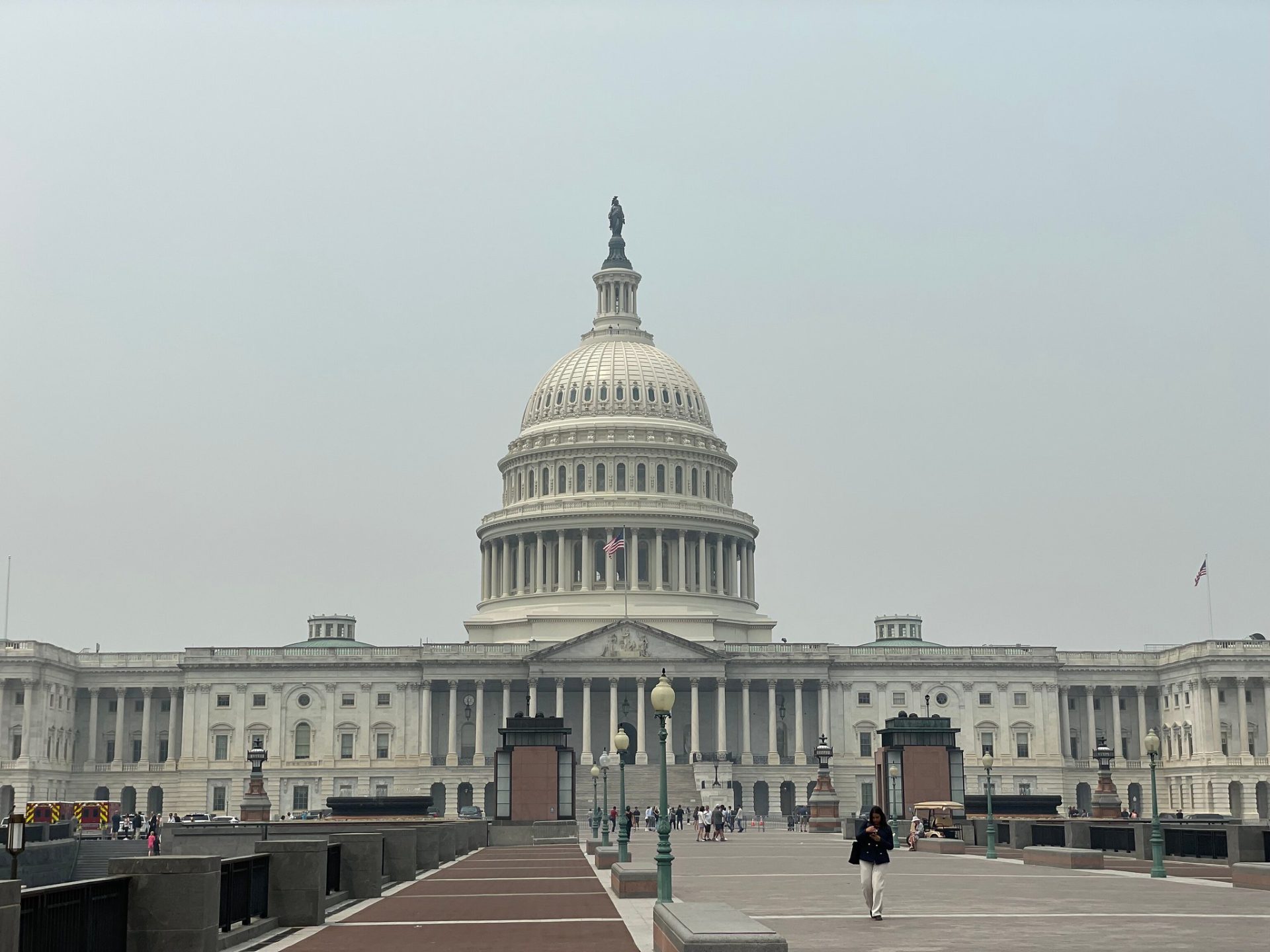The U.S. Capitol Building, Supreme Court Building, and Library of Congress are three of the most iconic and historically significant buildings in Washington, D.C., representing the core institutions of the U.S. government: the legislative, judicial, and intellectual branches, respectively. Together, these buildings form an essential part of the nation’s political and cultural fabric.
U.S. Capitol Building
The U.S. Capitol Building is the seat of the U.S. Congress, housing both the Senate and the House of Representatives. Situated on Capitol Hill, this majestic structure is a symbol of American democracy. The original construction of the Capitol began in 1793, and it has since undergone several expansions and renovations. The Capitol’s central dome, a defining feature of its architecture, was completed during the Civil War and remains one of the most recognizable landmarks in the country.
Inside the Capitol, visitors can find significant rooms like the Rotunda, filled with historical artwork and frescoes depicting pivotal moments in U.S. history. The National Statuary Hall houses statues of prominent Americans from each state. The Capitol continues to be the place where laws are debated and passed, reflecting the ongoing evolution of the American democratic system.
Supreme Court Building
The Supreme Court Building, located just northeast of the Capitol, serves as the home of the nation’s highest judicial authority, the Supreme Court of the United States. Completed in 1935, this grand, neoclassical building reflects the importance of the judiciary in upholding the Constitution and the rule of law. Its prominent Corinthian columns and the phrase “Equal Justice Under Law” engraved above the entrance emphasize its role in ensuring justice for all citizens.
The interior of the Supreme Court Building includes the Courtroom, where justices hear oral arguments and issue rulings on cases that affect the entire country. The building also houses historical artifacts, including portraits of past justices, documents, and exhibits on the Court’s history and the American legal system. The building serves not only as a functional courthouse but also as a symbol of the balance and fairness that the judiciary is intended to provide.
Library of Congress
The Library of Congress, the largest library in the world, is the research arm of Congress and a treasure trove of knowledge and history. Founded in 1800, the Library originally housed materials for use by Congress. The Thomas Jefferson Building, completed in 1897, is the oldest of the Library’s buildings and is renowned for its stunning architecture, including its Great Hall, murals, and mosaics that celebrate the pursuit of knowledge.
Thomas Jefferson and His Contribution
One of the Library of Congress’s most significant benefactors was Thomas Jefferson, the third president of the United States. After British forces set fire to Washington, D.C., in 1814 during the War of 1812, the original Library of Congress, housed in the Capitol, was completely destroyed. All of its books were lost in the fire.
In response, Thomas Jefferson offered his personal library as a replacement. Jefferson’s collection was one of the finest in the country at the time, consisting of 6,487 books on a wide range of subjects, from philosophy and science to law and literature. His donation was not only notable for its size but also for its breadth, reflecting his belief that a well-rounded library should contain materials on every subject, as knowledge from all disciplines contributes to the effective governance of a democratic nation. In January 1815, Congress purchased Jefferson’s collection for $23,950, and his books became the foundation of the modern Library of Congress.
Jefferson’s vision significantly influenced the development of the Library, transforming it from a small legislative resource into a comprehensive national library. His eclectic collection expanded the Library’s scope beyond legal and legislative texts to include works on art, culture, and science, emphasizing that a nation’s library should preserve the full spectrum of human thought. Even today, a portion of Jefferson’s original library is preserved and on display in the Thomas Jefferson Building, serving as a lasting tribute to his intellectual legacy.
Conclusion
Together, the U.S. Capitol Building, Supreme Court Building, and Library of Congress symbolize the fundamental components of the United States government and its dedication to democracy, justice, and knowledge. Thomas Jefferson’s contribution to the Library of Congress after the devastating fire of 1814 played a pivotal role in shaping the institution into the world-class repository of knowledge it is today, ensuring that it would continue to serve as a vital resource for Congress and the nation as a whole.







Leave a reply